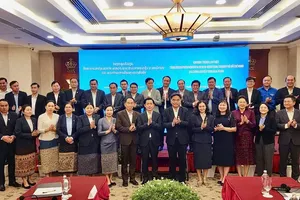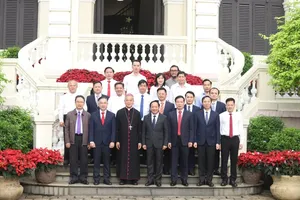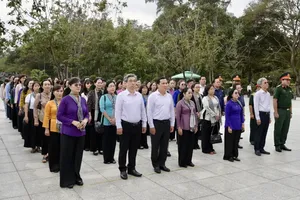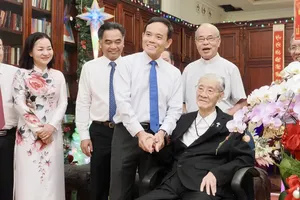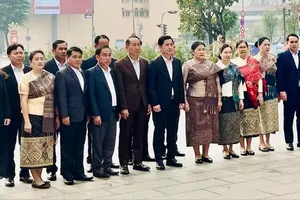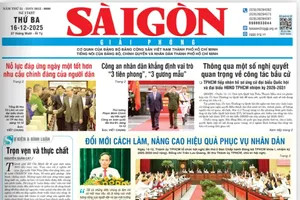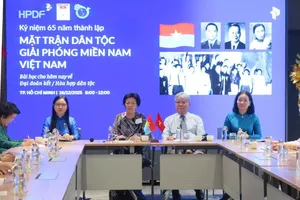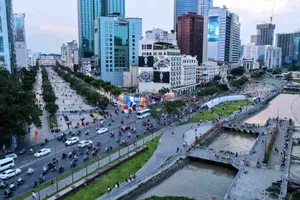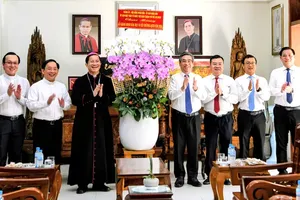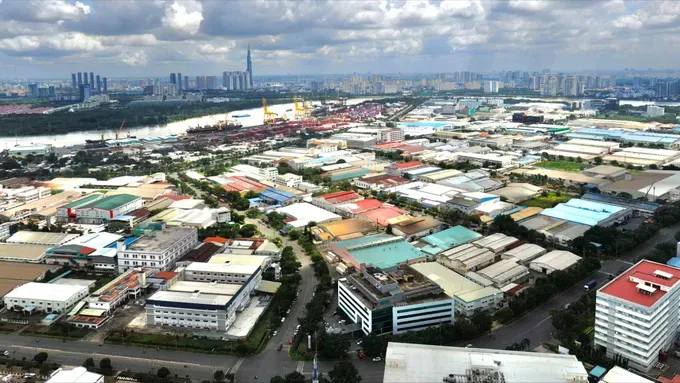
At the working session, Deputy Minister of Finance Bui Van Khang underscored the intrinsic link between reorganizing the administrative machinery and the complex undertaking of managing thousands of public headquarters, constructions, and projects.
“This is an intricate issue demanding unwavering determination and close coordination across multiple levels”, he stated. While the Ministry of Finance has issued guiding documents, he noted that “actual effectiveness hinges on the awareness and concrete actions of each locality”.
Deputy Minister Bui Van Khang emphasized that arranging headquarters cannot be an isolated endeavor but requires a “concerted operational approach” for success, with the role of leadership being paramount.
Reporting to the delegation, Deputy Director Nguyen Ngoc Thao of the HCMC Department of Finance detailed that the city currently manages 3,895 state-owned headquarters. Among these, 3,430 will continue their current use, while 231 are slated for internal reallocation, and another 231 have been identified as surplus, primarily consisting of small, scattered premises in residential blocks and hamlets.
Deputy Director Truong Kim Tan of the Ba Ria - Vung Tau Province Department of Finance informed that the province possesses 1,732 headquarters. Among these, 1,464 will remain in use, 126 are designated for internal redistribution, and 142 are deemed surplus. Plans are in place to transfer these surplus properties to the Land Fund Development Center and the relevant Property Management and Exploitation Board, in accordance with regulations.
Binh Duong Province currently oversees 1,603 premises, with 1,407 continuing in operation, 153 marked for internal reallocation, and 43 identified as surplus. A significant point of discussion was the efficient utilization of these public assets post-restructuring, with a strong emphasis on prioritizing the education and health sectors.
In line with the Prime Minister’s Directive 80, which mandates that surplus state-owned properties (land and buildings) be preferentially allocated to education and healthcare, a representative from the Ministry of Education and Training addressed the prevalent issue of schools lacking adequate classrooms and playgrounds, particularly at preschool and primary levels.
He advocated for prioritizing the 231 surplus premises in HCMC, along with dozens more in other localities, for educational purposes – first for preschools, followed by other general education tiers.
Similarly, a Ministry of Health representative urged the People’s Committees of the two provinces and HCMC to give special consideration to the health sector during the reorganization. The proposed model involves district health centers being transferred to Department of Health management under an inter-commune, inter-ward structure.
Commune-level health stations will either be maintained or reallocated according to the new administrative unit configurations, with expanded functions ranging from primary healthcare to social welfare services, thereby necessitating commensurate, stable, and long-term facilities.
Stressing that the management of headquarters and projects must be effective, transparent, and devoid of any patronage system, Deputy Minister Bui Van Khang called upon localities and ministries to clearly define their needs and strictly adhere to established criteria and norms for coordination.
He assured that any recommendations or obstacles encountered would be reviewed and addressed by the Ministry of Finance’s Public Asset Management Department in collaboration with the three localities to refine relevant legal normative documents.
Regarding long-term solutions, the Deputy Minister revealed that the Ministry of Finance is accelerating its digital public asset management program. This includes perfecting management software to facilitate real-time updates on inventory results and asset handling immediately following administrative restructuring. He particularly cautioned against the “temporary assignment” of assets to commune-level People’s Committees or land fund development centers to minimize waste and potential risks.
Deputy Director Nguyen Thi Thoa of the Public Asset Management Department (Ministry of Finance) mentioned vehicle allocation standards for localities, with two cars per commune and provincial People’s Committees being assigned to regulate the number of vehicles appropriately for each locality.
Wards and communes situated far from urban centers will be allocated more vehicles than those in closer proximity. Surplus properties, post-reorganization, will be assigned to the local designated housing management unit, as per guidelines.
Vice Chairman Nguyen Van Dung of the HCMC People’s Committee shared, “Moving forward, central ministries and agencies should provide guiding regulations with specific standards and norms for localities to implement and coordinate effectively.”
He added that HCMC’s initial stance is to ensure all agencies have appropriate locations and workplaces. Once the two-tier local government apparatus has stabilized and become fully operational, a comprehensive review and final rearrangement will be conducted. Accordingly, projects involving rebuilding to meet operational needs or requiring new investment will proceed.
Throughout this reorganization, HCMC will prioritize allocating surplus premises to the health and education sectors in suitably prominent locations, avoiding cramped or inadequate spaces. While many agencies have requested new headquarters during this process, all allocations must be considered against specific standards and norms. Furthermore, vertically-integrated agencies are urged to coordinate closely with the city to devise optimal rearrangement plans.
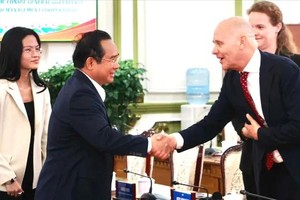

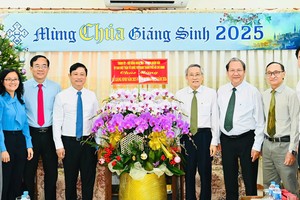
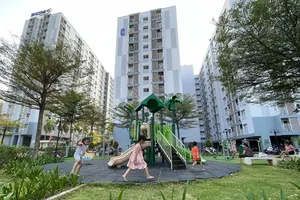



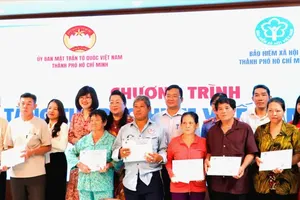
)
